Bee Control Solutions
Bees are crucial to both the natural world and human life. In certain instances, however, bees can cause poisoning or damage. Therefore, bee control is necessary and must be conducted by a professional team to prevent adverse health effects.
The evolutions of bees
In addition to ants and termites, bees are eusocial and gregarious insects. There are queen bees, worker bees, and others with various responsibilities:
The queen bee is primarily responsible for laying numerous eggs. They are longer and larger than most other bees, but their wings are shorter than their bodies. Typically, the queen bee lives from 3 to 5 years. There is only one bee in each hive, which is separated into a new hive in the spring if there are too many bees.

Queen bee
A drone is a male honey bee. Unlike the female worker bee, drones do not have stingers. They do not gather nectar or pollen and are unable to feed without assistance from worker bees. A drone's only role is to mate with a maiden queen in nuptial flight.

Drone
Worker bees have the most numerous in the hive. They have a short lifespan, about 2 - 6 months. A worker bee lacks the full reproductive capacity of the colony's queen bee. Honey bee workers gather pollen into the pollen baskets on their back legs and carry it back to the hive where it is used as food for the developing brood.
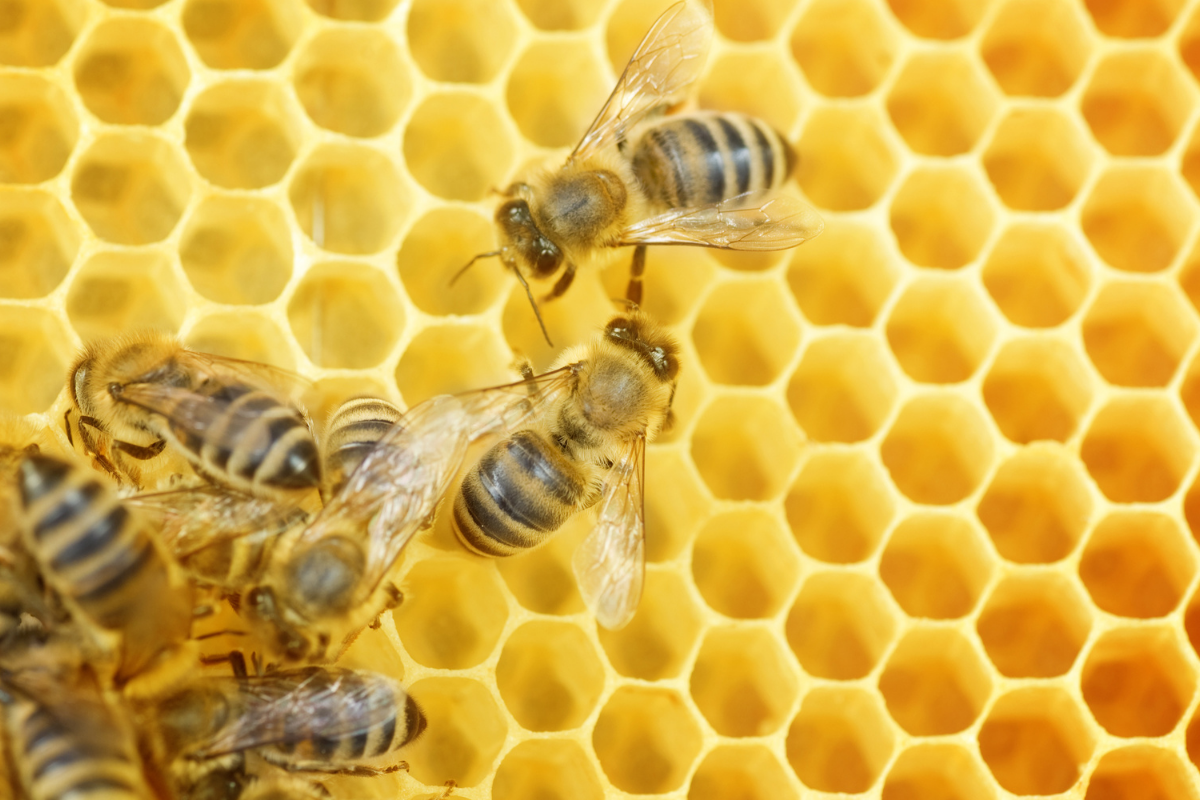
Worker bees
The lifespan
Egg: The queen bee mates about 1 - 2 times; then, they store it and reproduce throughout its life.
Larval stage: After three days, the eggs will hatch and transform into larvae. It is milky white and resembles maggots, but lacks eyes, wings, and a stinger. However, their mouth is simple and can absorb food from worker bees. At this stage, the larva will undergo five molts before maturing into an adult. In the pre-pupal stage, their appearance is similar, with the exception that they develop a shell.
Pupation stage: In the subsequent stage, the larva transforms into the pupa. They will be cared for by worker bees throughout the milking.
Adult stage: After about 1-2 days, the pupa will molt into a bee and be responsible for the task of operating and building the kingdom.
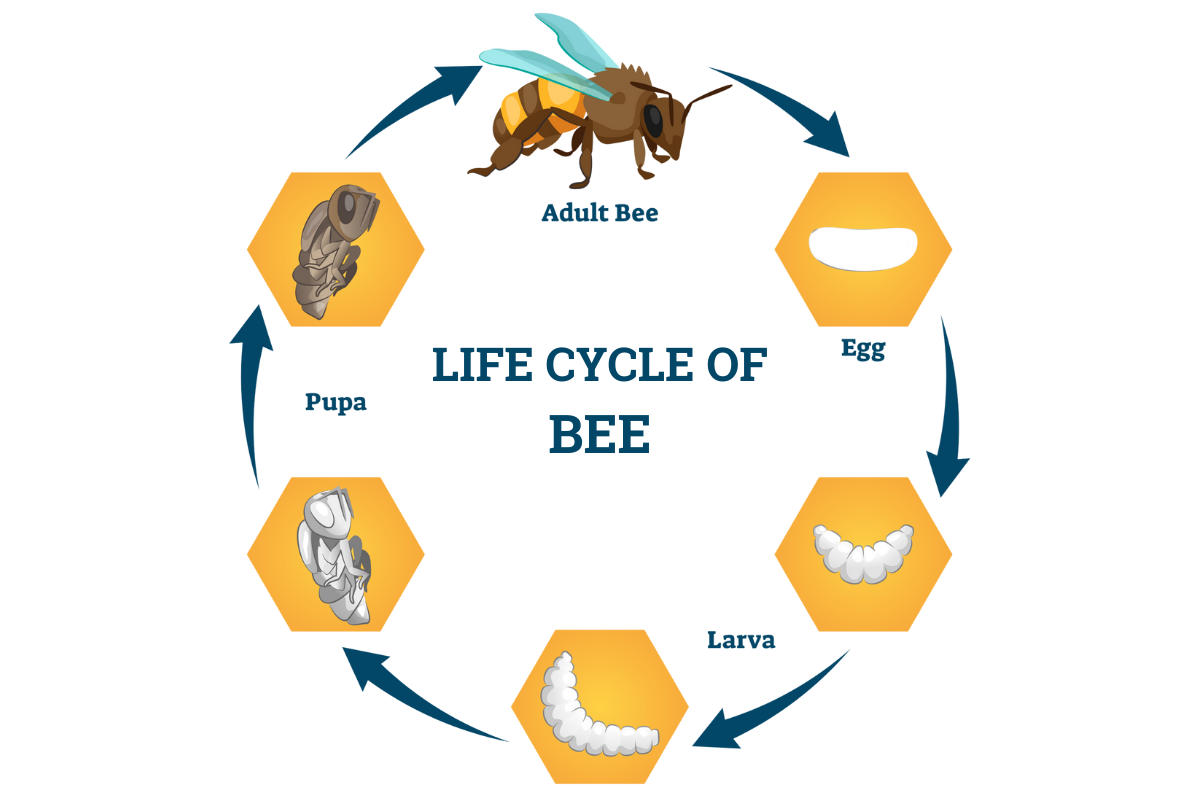
The evolution of bee
Some dangerous species of bees
Aside from honey bees, some bee species can be dangerous to humans if the proper methods are not used.
Vespa affinis
Vespa affinis, the lesser banded hornet, is a small to a medium-sized hornet, with queens reaching up to 30mm, males 26mm, and workers averaging 22 to 25mm. Vespa affinis has venom that can lead to anaphylaxis, irritation, and cavities. They can sting repeatedly and without losing their stingers, which puts the liver, kidneys, respiratory system, and other organs at risk.
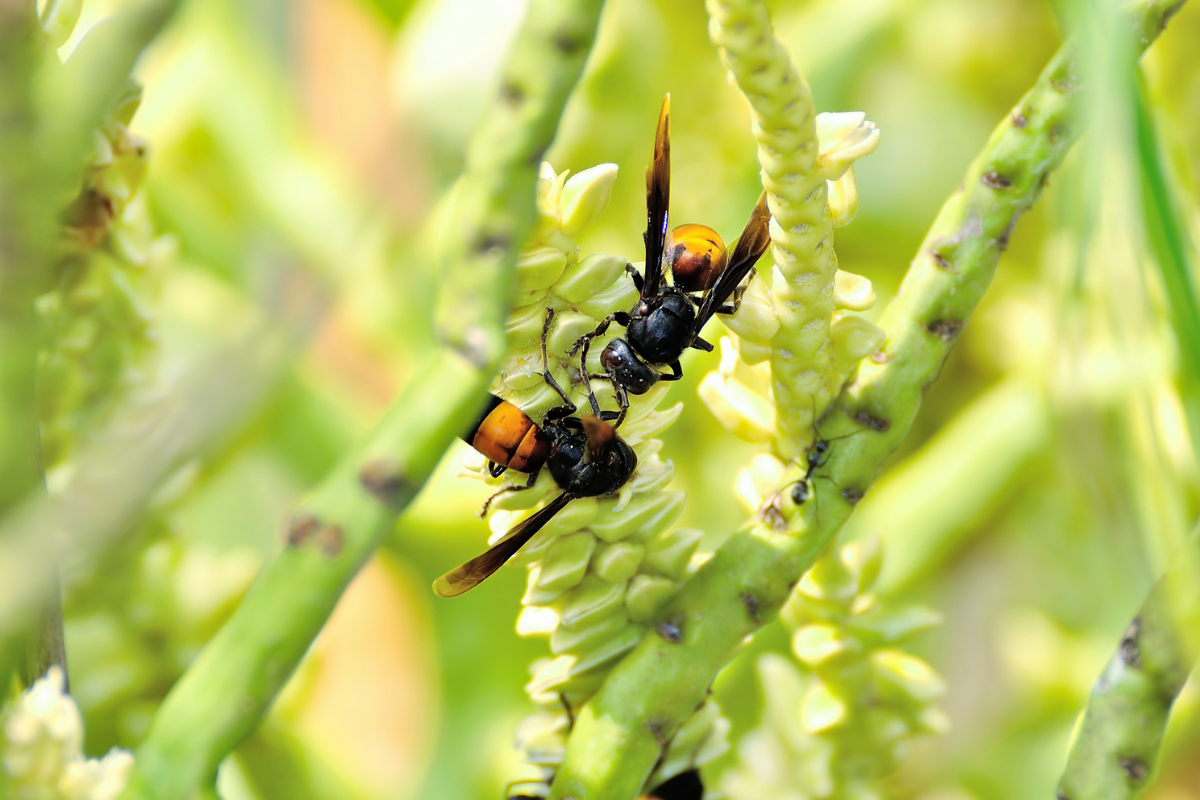
Vespa affinis
Hornet
With a large population, hornets widely distribute throughout Vietnam and the world. Their bodies are prevalent with colors such as brown, black, and yellow or interspersed with different stripes of colors. The venom of honeybees contains Acetylcholine and some digestive substances that can decompose tissues in the human body. Therefore, when stung by a honeybee, it can cause paralysis or even death if not rescued in time.
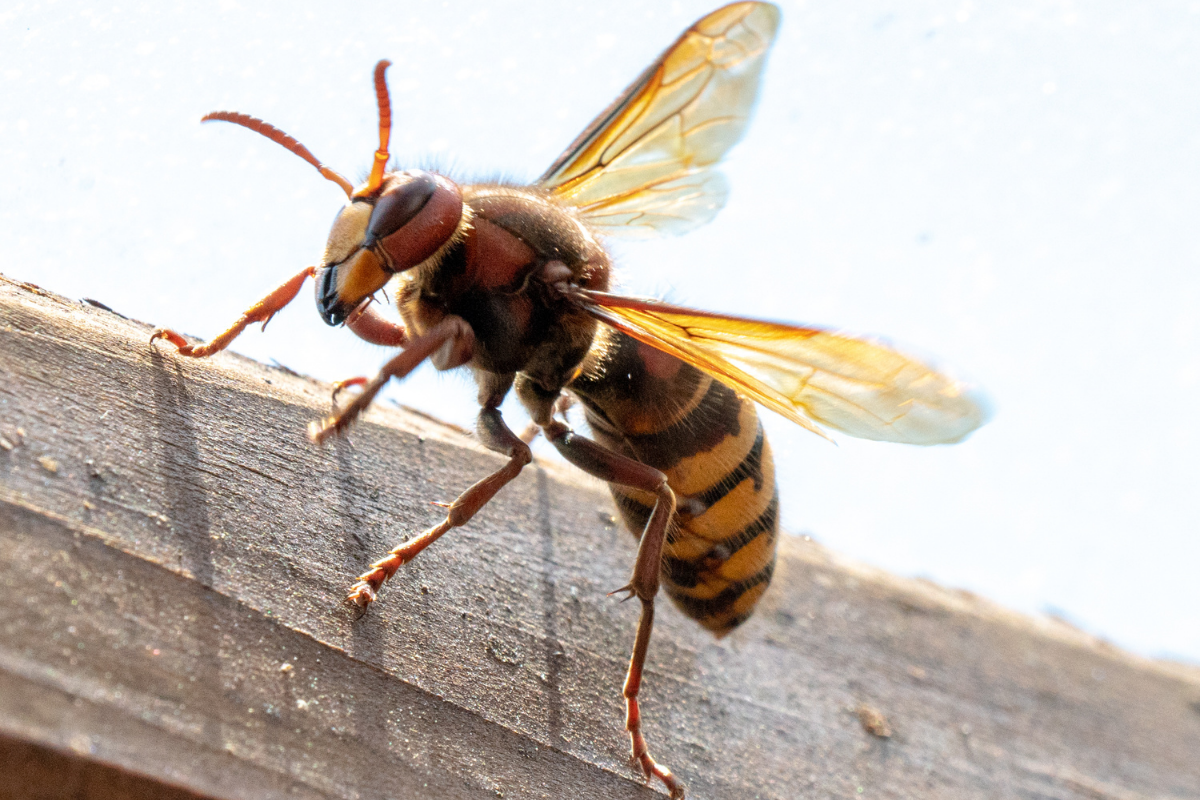
Hornet
Ground bee
Ground bee is a honey bee but has venom in Vietnam that is a mini-size with a length of about 5 mm. They have a brownish or grayish-brown color and black streaks. When bitten by a ground bee, the body occurs many symptoms, such as swelling, pain, fever, convulsions, or even danger.
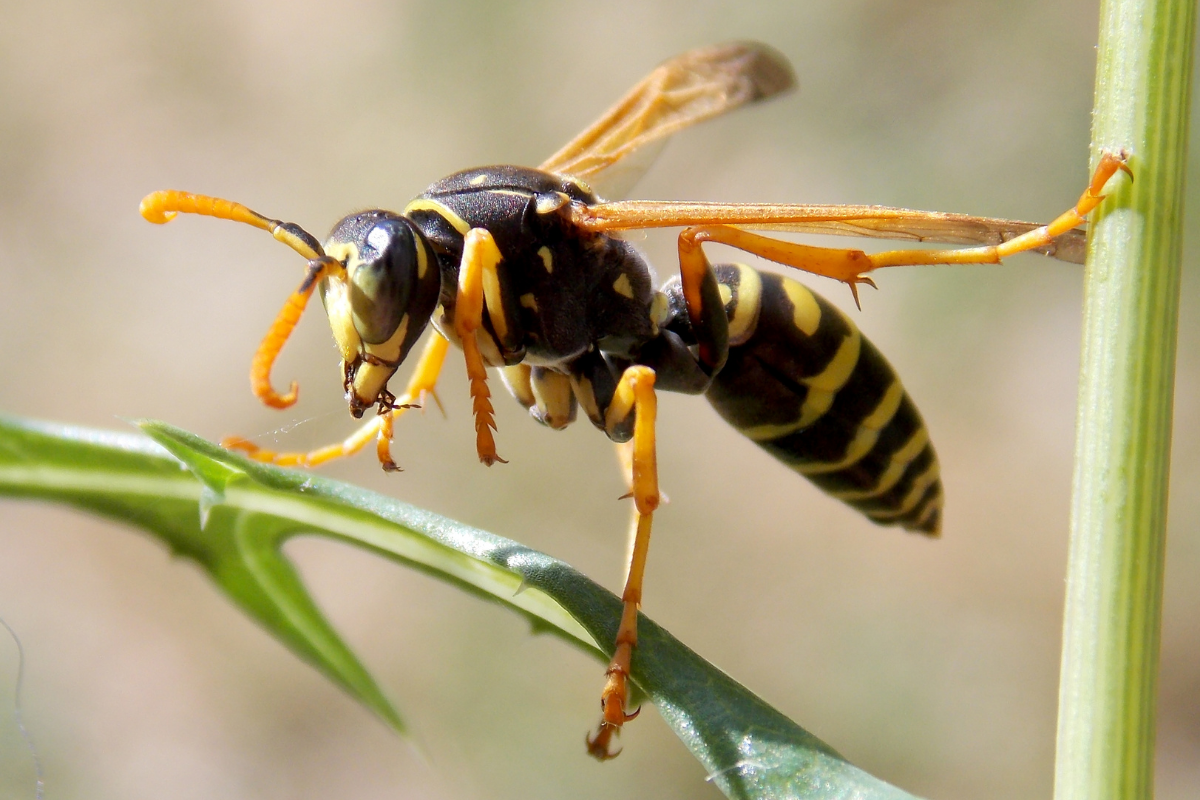
Ground bee
Vespa velutina
One of the most venomous bees is the Vespa velutina, which has a yellow head with two black antennae and a black and dark brown thorax with bands of different colors scattered throughout. In addition to harming the skin, their venom can be deadly to people if ingested in big enough doses.
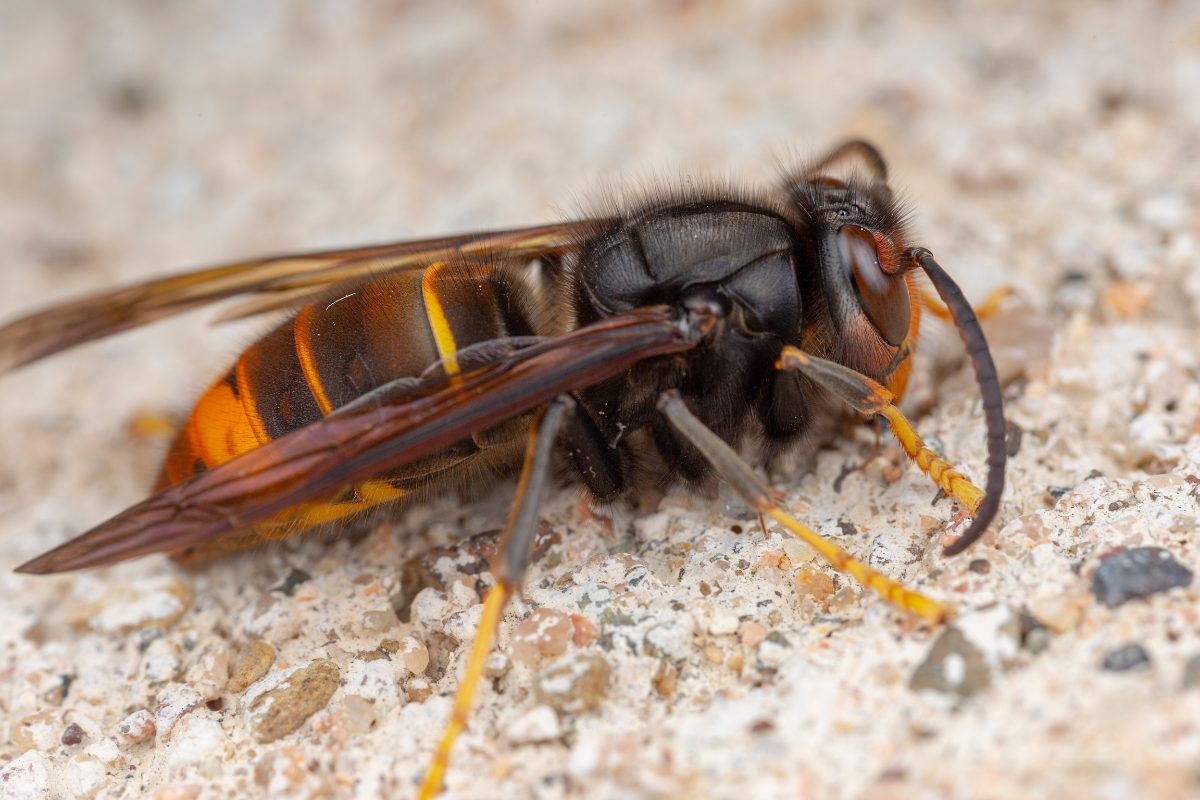
Vespa velutina
Bee control solutions
According to the old sense, the hornet’s nest is considered a lucky thing in your home. However, for a venomous bee hive, you need to control it to avoid any unwanted consequences.
Lemongrass
Lemongrass is a spice with a strong and warm aroma that is used in cooking. However, another use is repelling bees, especially wasps. Use a few dry lemongrasses and then burn them until the smoke is thick and place them under the hive. The scent of lemongrass will make the bees fly away on their own.

Use lemongrass to repel bees
Garlic
The component garlic is frequently used as a spice in cooking. Additionally, it works well to repel bees. Sprinkle garlic powder on the region or around the house in the morning or evening. Because this is the least flexible time for bees.
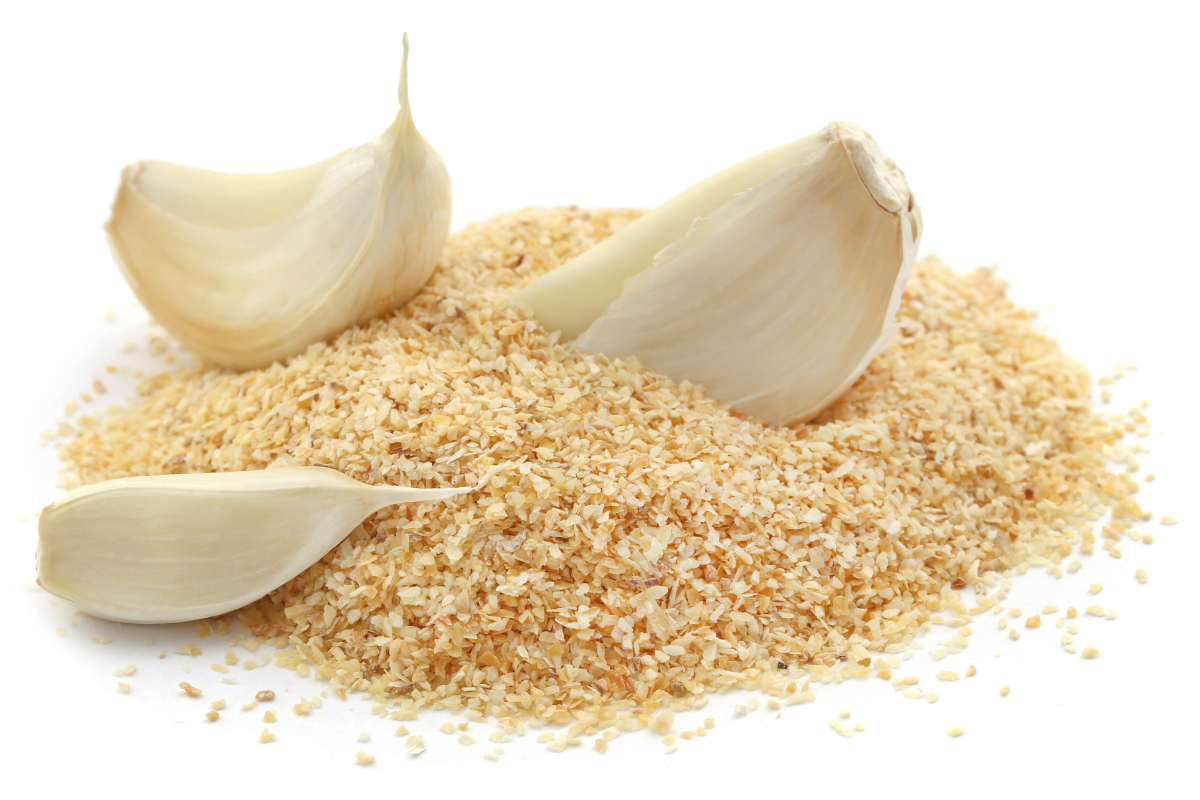
Use garlic powder
Mothball
Although mothballs are most famous for their effectiveness as moth repellents, they also work well as bee repellents. Hang some mothballs next to the hive; the smell will make the bees uneasy and cause them to leave right away.
Bee control service
Although there are a number of basic bee management techniques that may be conducted at home, they are limited in scope. If the bee community is significant and poses a high degree of risk, you must employ a reasonable bee control service so that it does not interfere with your everyday life.
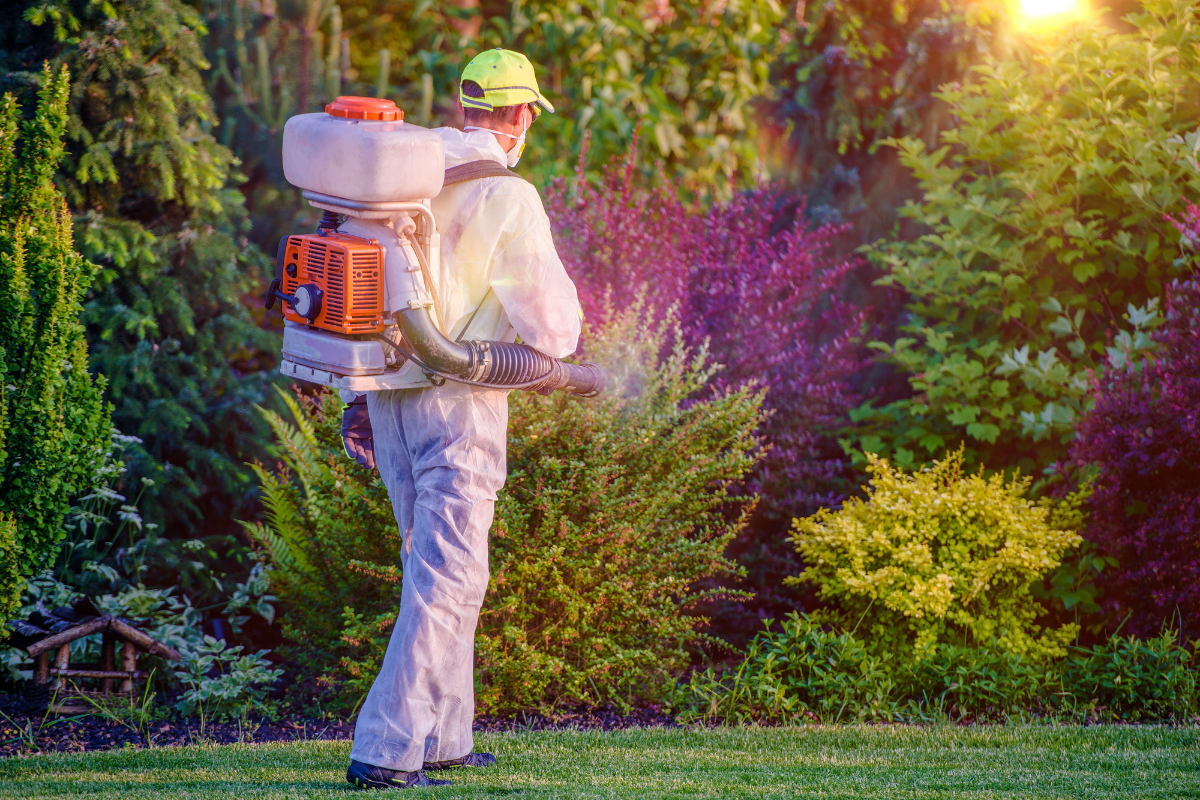
Bee control solutions
As a leading unit in the field of pest control, Care Vietnam is always aware of the significance of pest control and the danger level of insects. As a result, we are always careful and thorough with each insect control solution, especially bee control, in order to provide consumers with the best possible experience. Care Vietnam's bee management solutions are designed by specialists and matched to the features of each bee species. From physical to chemical measures, we strive to provide a safe living environment for our clients without compromising the natural ecology.
.......................................
Contact information
Care Vietnam
Address:
HCMC: 7 floor, Gigamall Trade Center, 240 - 242 Pham Van Dong St., Hiep Binh Chanh W., Thu Duc City
Da Nang: 586 Nguyen Huu Tho St., Khue Trung W., Cam Le Dist., Da Nang
Ha Noi: 3rd floor, King Palace Tower, 108 Nguyen Trai St., Thuong Dinh W., Thanh Xuan Dist., Ha Noi
Hotline: 0909 411 885 | 0911 401 955 | 0979 045 766
Email: Cs@carevietnam.vn
Facebook: https://www.facebook.com/carevietnam.vn